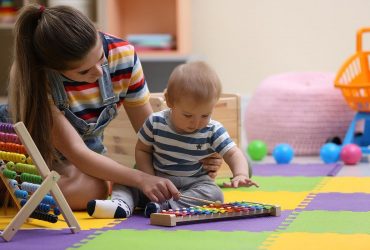Elevated pregenual anterior cingulate cortex levels were associated with a favorable treatment response
Bullying, difficulties accessing support, and past trauma all tied to suicide plans and attempts
Child-focused screening for MEB problems should start at age 6 months and continue at 12-, 24-, and 36-month health supervision visits
Female students have higher rates of anxiety, depression than male students, regardless of autism status
More than one-third of all admissions for adults with autism in 2019 were for mental health
Regardless of levels of autistic traits, cognitive ability is maintained
Possible relevant behaviors include infant temperament and developmental milestones at 9 months
Prevalence was 3.4 times higher among boys than girls and was lower among White children versus those of other races/ethnicities











